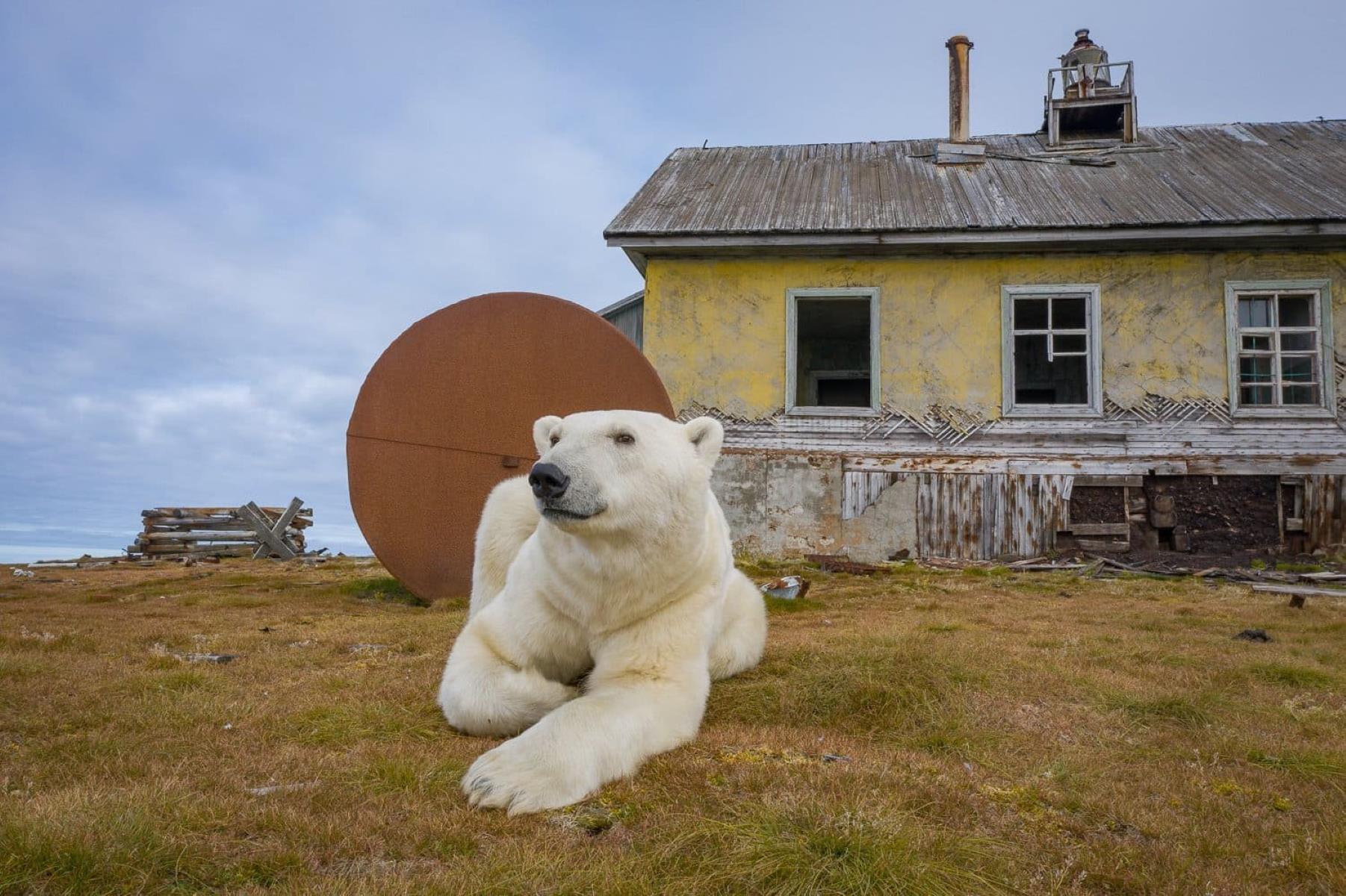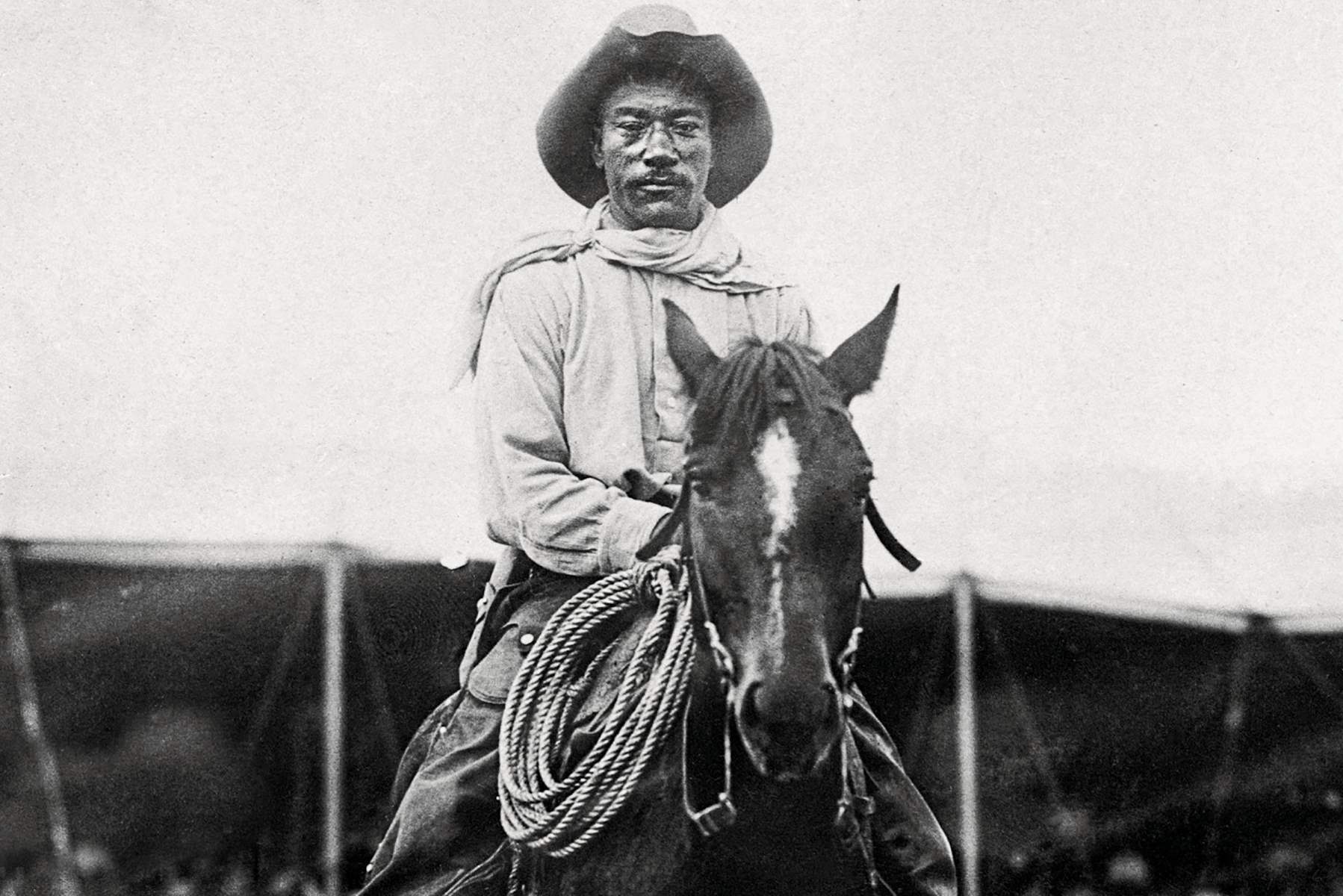
Kolyuchin Island is a remote, icy paradise in the Chukchi Sea, known for its breathtaking landscapes and unique wildlife. Among its most famous residents are the Kolyuchin polar bears, majestic creatures that captivate the hearts of nature enthusiasts and scientists alike. These bears are not just any polar bears; they have adapted to the harsh conditions of this isolated island, showcasing incredible survival skills. In this post, we'll dive into 35 fascinating facts about these resilient animals. From their hunting techniques to their social behaviors, you'll gain a deeper understanding of what makes Kolyuchin polar bears so special. Get ready to be amazed by the wonders of nature!
Key Takeaways:
- Kolyuchin Island is a haven for polar bears, where they exhibit unique behaviors and adaptations to survive in the harsh Arctic environment, making it a critical research site for scientists studying climate change impacts.
- Polar bears on Kolyuchin Island have fascinating traits, such as using tools for hunting, distinctive yellowish fur, and a slower metabolism during summer, showcasing their remarkable adaptability to their habitat.
Kolyuchin Island: A Polar Bear Haven
Kolyuchin Island, located in the Chukchi Sea, is a remote and fascinating place. Known for its stunning wildlife, the island is a haven for polar bears. Here are some intriguing facts about these majestic creatures on Kolyuchin Island.
-
Kolyuchin Island is a small, uninhabited island in the Chukchi Sea, part of Russia's Chukotka Autonomous Okrug.
-
Polar bears are the largest land carnivores on Earth. Males can weigh up to 1,500 pounds.
-
Kolyuchin Island is a prime location for polar bear sightings due to its proximity to the Arctic ice pack.
-
Polar bears on Kolyuchin Island primarily hunt seals, which they catch by waiting near breathing holes in the ice.
-
These bears have a thick layer of blubber and dense fur to insulate them from the freezing temperatures.
Polar Bear Behavior and Adaptations
Understanding the behavior and adaptations of polar bears on Kolyuchin Island can provide insights into their survival strategies in such a harsh environment.
-
Polar bears are excellent swimmers, capable of swimming for days at a time to find food or ice.
-
They have large, powerful paws that help them paddle through the water and walk on thin ice.
-
Polar bears have a keen sense of smell, allowing them to detect seals nearly a mile away.
-
During the summer months, when the ice melts, polar bears on Kolyuchin Island may fast for several months until the ice returns.
-
Mother polar bears are highly protective of their cubs, often keeping them close for up to two years.
Polar Bear Population and Conservation
The polar bear population on Kolyuchin Island is a subject of interest for researchers and conservationists. Here are some facts about their numbers and the efforts to protect them.
-
The global polar bear population is estimated to be around 22,000 to 31,000 individuals.
-
Climate change poses a significant threat to polar bears, as melting ice reduces their hunting grounds.
-
Conservation efforts include tracking polar bear movements and studying their health and diet.
-
Kolyuchin Island serves as a critical research site for scientists studying the impacts of climate change on polar bears.
-
International agreements, such as the Agreement on the Conservation of Polar Bears, aim to protect these animals and their habitats.
Unique Characteristics of Kolyuchin Polar Bears
Polar bears on Kolyuchin Island have some unique characteristics that set them apart from other populations. Let's explore these fascinating traits.
-
Kolyuchin polar bears have been observed using tools, such as ice chunks, to break into seal dens.
-
These bears often engage in play behavior, which helps young bears develop hunting skills.
-
Polar bears on Kolyuchin Island have a distinctive yellowish hue to their fur, caused by the oxidation of oils from their prey.
-
They have a slower metabolism during the summer months, allowing them to conserve energy when food is scarce.
-
Kolyuchin polar bears are known for their curiosity, often approaching human settlements and research stations.
Polar Bear Diet and Hunting Techniques
The diet and hunting techniques of polar bears on Kolyuchin Island are crucial for their survival. Here are some interesting facts about their feeding habits.
-
Polar bears primarily eat seals, but they will also scavenge carcasses and hunt other marine mammals.
-
They use a technique called still-hunting, where they wait silently by a seal's breathing hole for hours.
-
Polar bears can consume up to 100 pounds of blubber in one sitting, providing them with essential energy.
-
During the lean summer months, polar bears may eat berries, kelp, and even bird eggs to supplement their diet.
-
Polar bears have been known to cache food, hiding it under snow or ice for later consumption.
Polar Bear Interaction with Other Wildlife
Polar bears on Kolyuchin Island interact with various other wildlife species, creating a dynamic ecosystem. Here are some facts about these interactions.
-
Polar bears occasionally prey on walruses, although this is risky due to the walrus's size and tusks.
-
They often scavenge whale carcasses, which provide a significant food source during the summer.
-
Polar bears and Arctic foxes sometimes share the same hunting grounds, with foxes scavenging leftovers from bear kills.
-
Birds, such as gulls and ravens, are often seen around polar bears, waiting to pick at scraps.
-
Polar bears rarely encounter humans on Kolyuchin Island, but when they do, they are usually more curious than aggressive.
Polar Bear Cubs and Reproduction
The reproduction and care of polar bear cubs on Kolyuchin Island are vital for the species' survival. Here are some facts about their breeding habits.
-
Female polar bears give birth to one to three cubs, usually in December or January.
-
Cubs are born blind and weigh only about one pound, but they grow rapidly on their mother's rich milk.
-
Mother bears create dens in snowdrifts to protect their young from the harsh winter conditions.
-
Cubs stay with their mothers for up to two and a half years, learning essential survival skills.
-
The survival rate of polar bear cubs is relatively low, with many not making it past their first year due to harsh conditions and food scarcity.
Final Thoughts on Kolyuchin Polar Bears
Kolyuchin polar bears are fascinating creatures. Their unique behaviors and adaptations make them stand out in the Arctic. From their incredible swimming abilities to their keen sense of smell, these bears are true survivors. They play a crucial role in the ecosystem, helping to maintain balance. Understanding more about them can help in conservation efforts. Protecting their habitat ensures the survival of this majestic species. Polar bears face many challenges, including climate change and shrinking ice. Awareness and action are key to their future. By learning about Kolyuchin polar bears, we can appreciate their importance and work towards their preservation. Every fact about them adds to our knowledge and respect for these incredible animals. Let's continue to support efforts that safeguard their existence.
Frequently Asked Questions
Was this page helpful?
Our commitment to delivering trustworthy and engaging content is at the heart of what we do. Each fact on our site is contributed by real users like you, bringing a wealth of diverse insights and information. To ensure the highest standards of accuracy and reliability, our dedicated editors meticulously review each submission. This process guarantees that the facts we share are not only fascinating but also credible. Trust in our commitment to quality and authenticity as you explore and learn with us.


